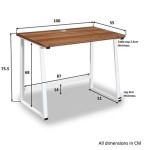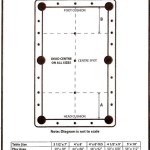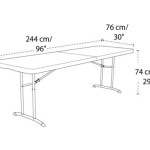Essential Aspects of Growing Vegetables in Shallow Containers
Growing vegetables in shallow containers offers a convenient solution for gardeners with limited space or specific needs. Shallow containers provide ample room for root development and can be easily moved to optimize sunlight exposure. Understanding the essential aspects of container gardening is crucial for successful vegetable cultivation.
Container Selection: Choose containers with ample drainage holes to prevent waterlogging. The depth should be at least 6-8 inches for most vegetables, allowing for sufficient root growth. Consider the size of the mature plants and select containers accordingly.
Soil Preparation: Use a well-draining potting mix specifically formulated for container gardening. Amend the soil with organic matter such as compost or peat moss to improve fertility and moisture retention. Ensure the soil is evenly moist before planting.
Vegetable Selection: Select vegetables suitable for container growing. Some ideal options include lettuce, spinach, carrots, radishes, beans, and peppers. Consider the mature size of the plants and choose varieties that fit the container size.
Planting Depth: Follow the planting depth guidelines for each vegetable variety. Plant seeds or seedlings at the appropriate depth and gently firm the soil around them. Water the plants thoroughly after planting.
Water Management: Water the plants regularly, especially during hot and dry weather. Avoid overwatering, as it can lead to root rot. Allow the soil to dry out slightly between waterings and check the moisture level by inserting your finger into the soil.
Fertilization: Fertilize the plants regularly with a balanced fertilizer. Choose a slow-release fertilizer to provide nutrients over a longer period. Fertilize according to the manufacturer's instructions.
Pest and Disease Control: Regularly inspect the plants for pests and diseases. Treat any infestations promptly with appropriate organic or chemical controls. Practice good garden hygiene, including removing infected plant parts and using disease-resistant varieties.
Sunlight Requirements: Most vegetables require at least 6 hours of direct sunlight per day. Place the containers in a sunny location or consider using grow lights to supplement natural sunlight.
Additional Tips: - Rotate the containers regularly to ensure even sunlight exposure. - Mulch around the plants to retain moisture and suppress weeds. - Water the plants from the base to avoid wetting the leaves. - Harvest vegetables when they reach maturity. Enjoy the fresh, homegrown produce!

16 Best Vegetables That Grow In Shallow Container Vegetable Gardening

Shallow Root Vegetables A Quick And Easy Guide Ponics Life

The Best 11 Vegetables To Grow In Pots And Containers Gardener S Path

Vegetables That Grow In Shallow Containers Stocking My Pantry

The Best 11 Vegetables To Grow In Pots And Containers Gardener S Path

20 Best Vegetables For Container Gardening A Piece Of Rainbow

The Best 11 Vegetables To Grow In Pots And Containers Gardener S Path

Complete Guide To Growing Vegetables In Containers

Growing Veg In Containers Tiny Spaces Big Harvests Redefine Your Garden Space 133

How To Grow Vegetables In Pots Bbc Gardeners World








